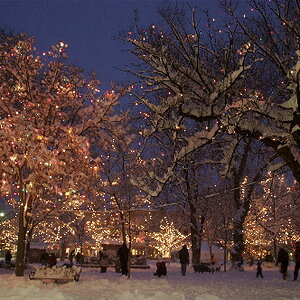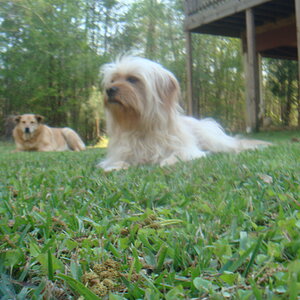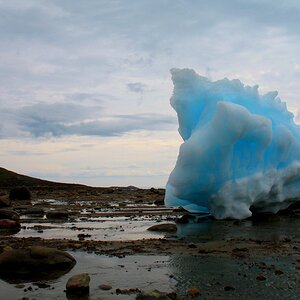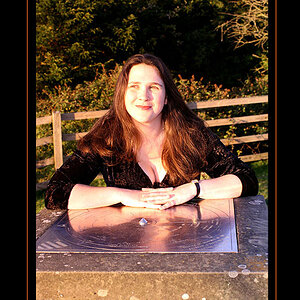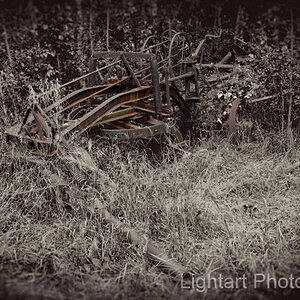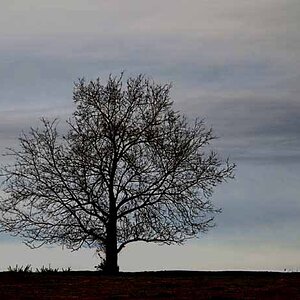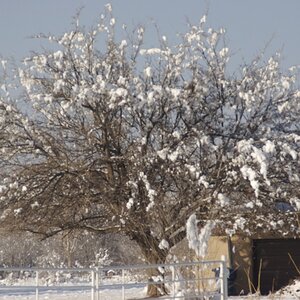PhotoJunkieJen
TPF Noob!
- Joined
- Sep 11, 2008
- Messages
- 49
- Reaction score
- 0
Hey guys... I'm looking for some tips on how to properly expose a foreground without blowing out a bright background.
For instance, we little to eat at a waterside restaurant and take pictures there. How can I take a decent picture of my parents sitting inside the restaurant using a flash... without blowing out the sky behind them?
For instance, we little to eat at a waterside restaurant and take pictures there. How can I take a decent picture of my parents sitting inside the restaurant using a flash... without blowing out the sky behind them?


